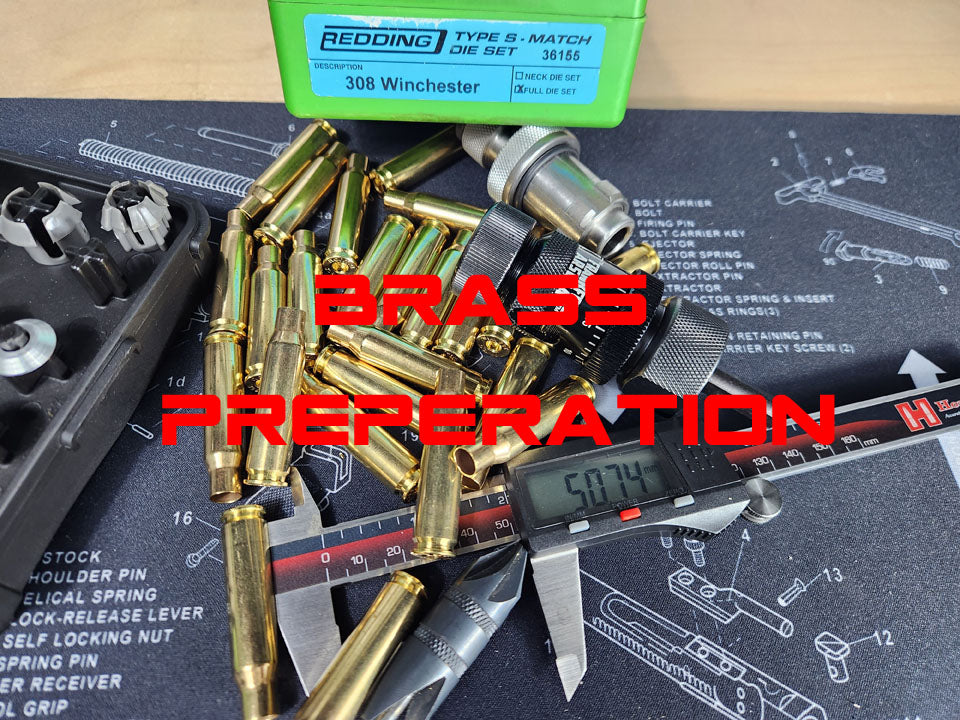
Reloading 101: How to Prep New Brass
Share
The process includes:
- Dies: Running brass through your dies to round out the case mouth and remove dents.
- Case Length: Measuring brass to determine an average length for trimming.
- Trimming: Cutting all brass to a uniform length for consistent neck tension.
- Chamfer & Debur: Smoothing sharp edges to protect your chamber and improve bullet seating.
Following these steps will help you achieve better accuracy and performance. Watch the full video for a detailed breakdown, and feel free to share your own process in the comments! 🎯 Watch Here
Welcome to Reloading – Your Journey to Precision Starts Here!
If you're new to reloading, welcome! This is a rewarding journey toward precision shooting, so enjoy every step. I’ve put together a Load Development Series to guide you through the process - check it out here.
In that series, I promised a brass preparation video—so here it is! This is my personal method for prepping new brass to get the best performance. If you do things differently, feel free to share your process in the comments so we can all learn from each other.
Step 1 – Dies
Run your brass through your dies to ensure the case mouth is round and any dents are removed. Whether you use a mandrel or expander ball, this step is crucial for proper trimming—dented brass can cause issues down the line. Trust me, I learned this the hard way!
Step 2 – Case Length
Measure your brass to determine the average case length. This helps maintain consistent neck tension, which directly affects velocity and pressure, both critical for precision shooting.
Step 3 – Trimming
Trim all brass to the average length using your trimming device. Some pieces will be too short—set those aside for practice shots until they "stretch" to the correct size.
Step 4 – Chamfer & Debur
After trimming, the brass will have sharp edges inside and out. These can damage your rifle chamber and affect bullet seating by skimming off copper, reducing ballistic coefficient (BC) and accuracy. Use a chamfer and debur tool to smooth the edges, ensuring flawless bullet seating and preventing chamber damage.
And that’s it—your brass is ready for reloading!
If you have any questions or need help, drop a comment or reach out on social media. I’m happy to assist where I can.
Enjoy the process, and don’t forget to subscribe!
Cheers! 🎯
